My wife worked as a Rural Mail Carrier for a time and they have to provide their own vehicles. Some people find old rhd mail jeeps, some people use other factory rhd vehicles like Subarus and newer model jeeps, some people use aftermarket rhd kits and some people straddle, using their left foot and hand for controlling the vehicle. Most factory rhd vehicles are worn out or very pricey and I found most of the kits to be low quality and use v-belts to transfer the steering from the left side to the right. V-belts are not a good solution for low speed, high torque applications. My first attempt at building my own rhd kit was with a v-belt, just mocking the existing kits and I noticed something. No matter how tight I got the belt, I could still make the belt slip by simply holding the left steering wheel still while turning the right steering wheel. Anyone who’s had a car stall while moving, knows how much force it takes to steer when the power steering is out. Plenty to make it slip which equates to no steering. I also didn’t like the fact that the belt gets installed just below the steering wheel where it would be easy to get something caught up in the belt which would block your steering. Most of the aftermarket rhd kits attachment points are too weak in my opinion. So on my second set up, I didn’t copy what everyone else was doing. I used a chain drive and placed it under the dash, out of the way. Chains are used for high torque, low speed human power all the time and almost everyone has used it. Bicycles. Just think about how much torque is applied by someone pedaling up a hill.
Here’s what everyone else does.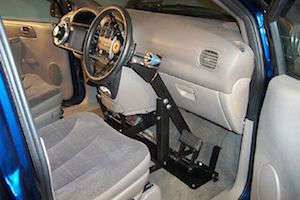
A belt right up there where your hands are with no shroud and pedals that either pivot on the bottom or on top and in either case, have a much shorter pedal arm length which gives you less travel and feels unnatural. I’ve seen a few of these units after a few years of use. Invariably, people end up attaching straps from the top of the unit to the right side of the dash because that whole assembly tends to get pulled to the left due to the stress.
Here’s what I did.
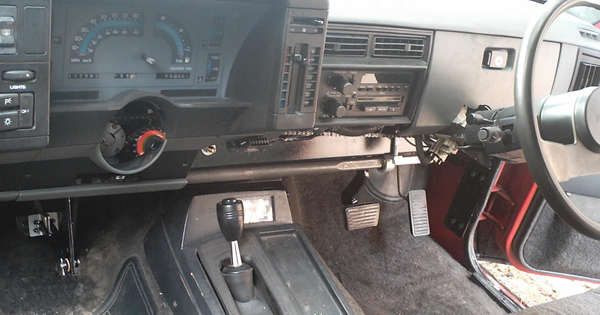
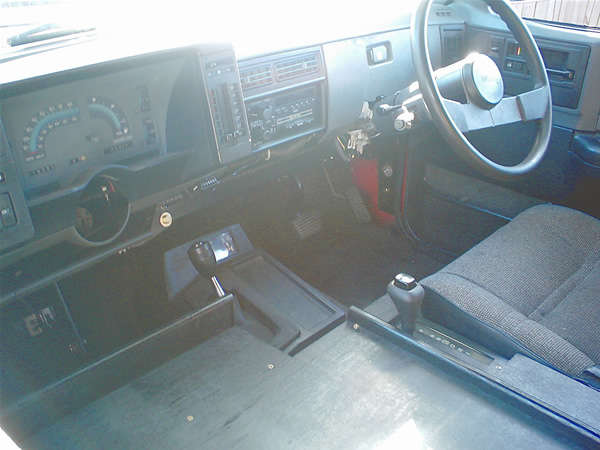
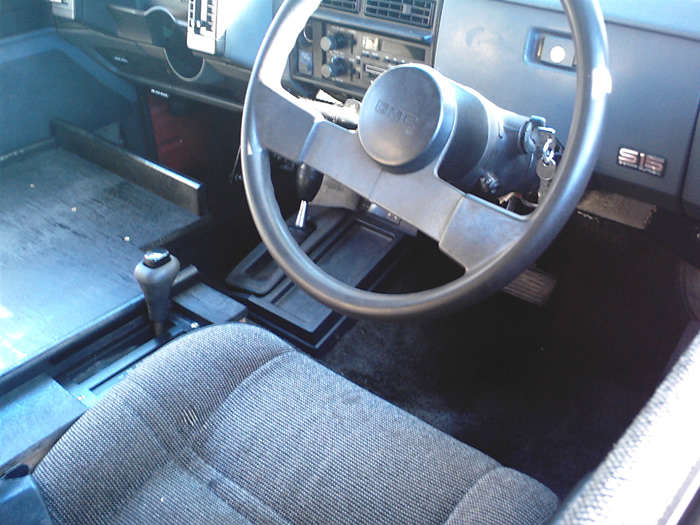
Nothing to knock your knee on or get your hand tangles up in. The steering wheel had the same angle and height as the original. Plenty of foot clearance. The brake pedal arm length was the exact same as the original and the pedal was at the same height as the original. Very comfortable to drive. Not very comfortable to design though. It took a lot of contorting and laying under the dash. If I were to get back into rhd conversions(and you never know), I would either do it like this or find true right hand drive steering boxes or rack and pinions from the UK or Australia. There’s plenty from Japan too but pretty much just for Hondas and Subarus, neither of which will hold up to rural gravel roads for very long compared to an SUV or Pickup.
Here’s the complete unit, self contained.
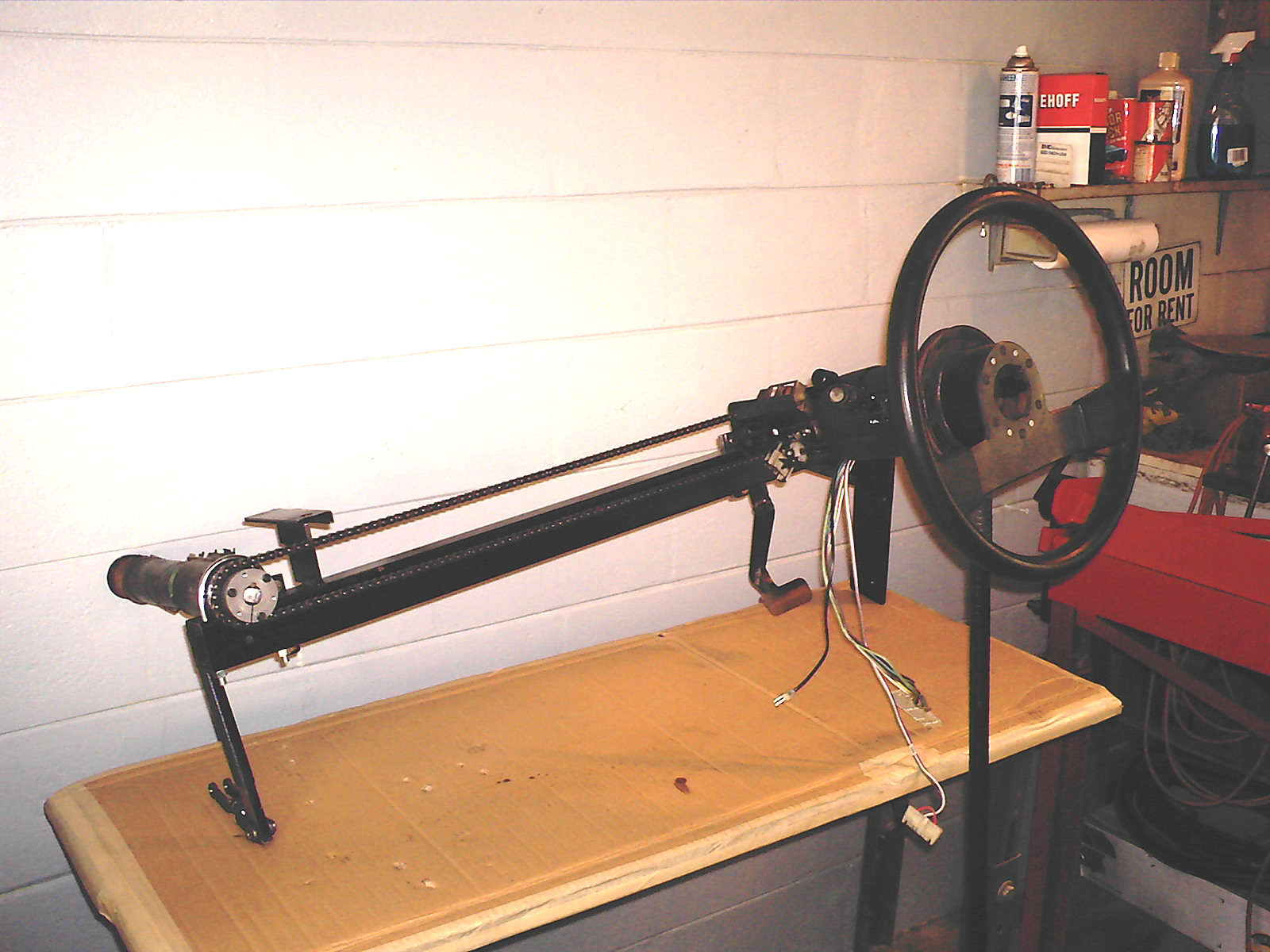
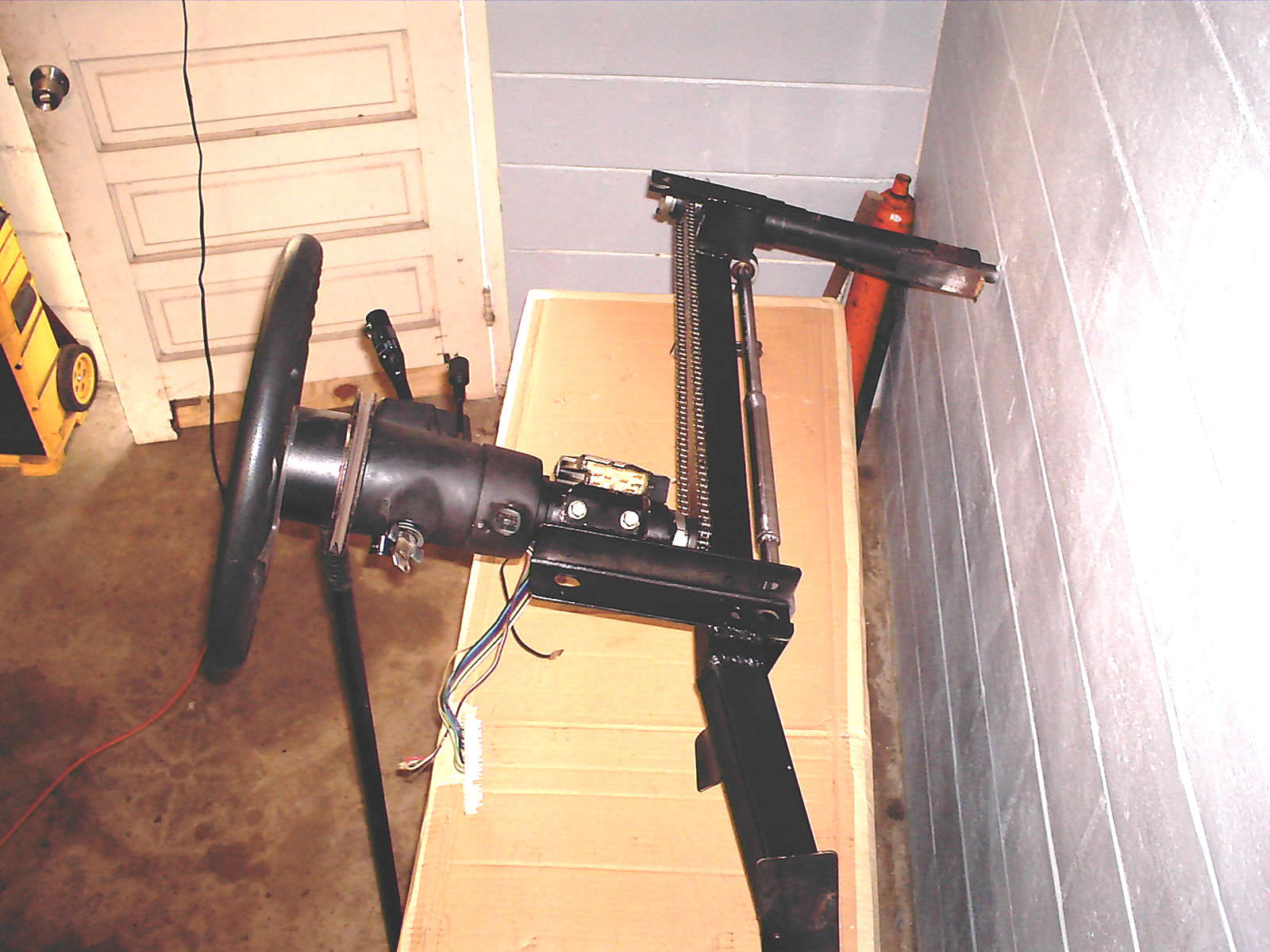

Leave a Reply
You must be logged in to post a comment.